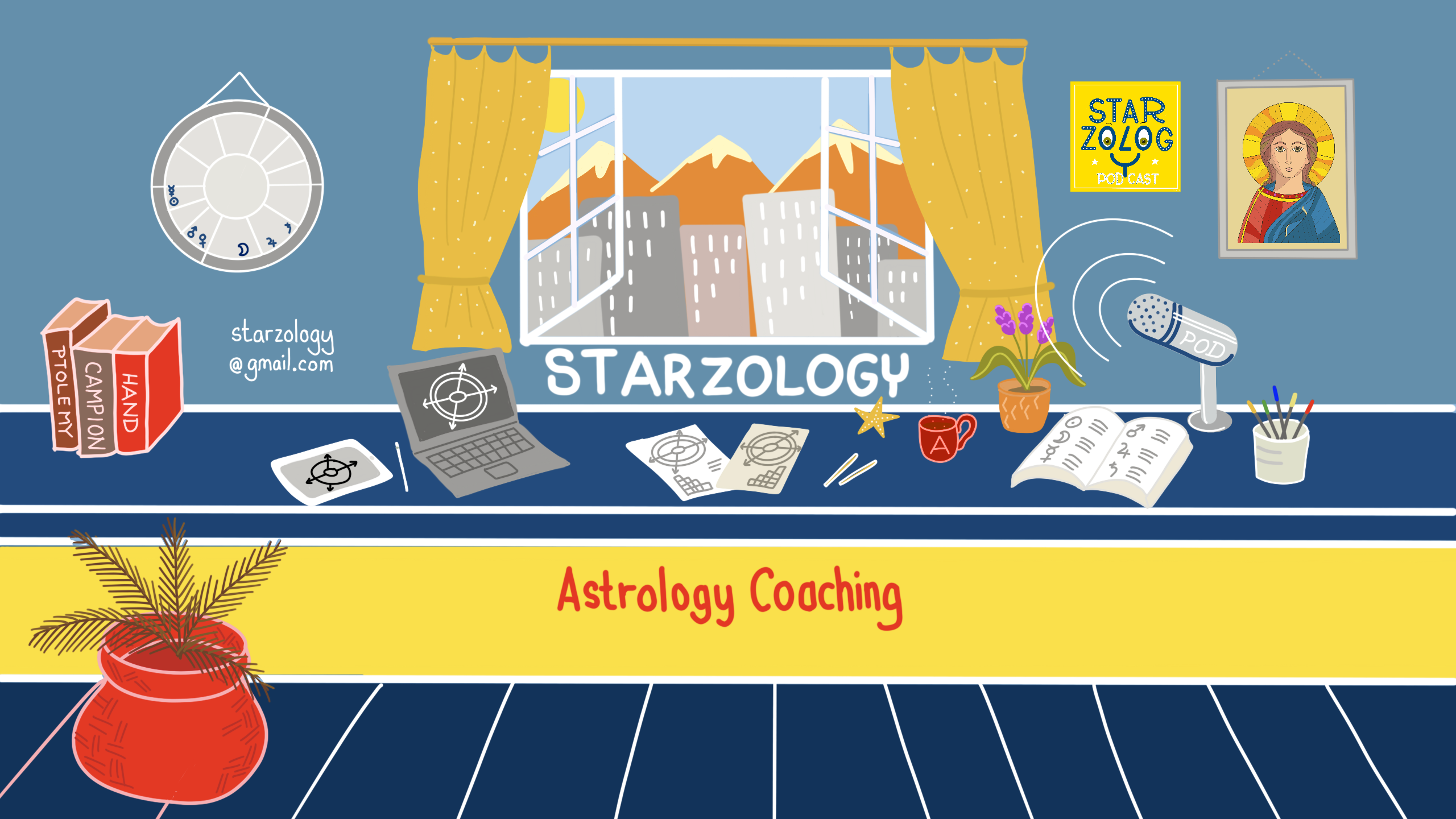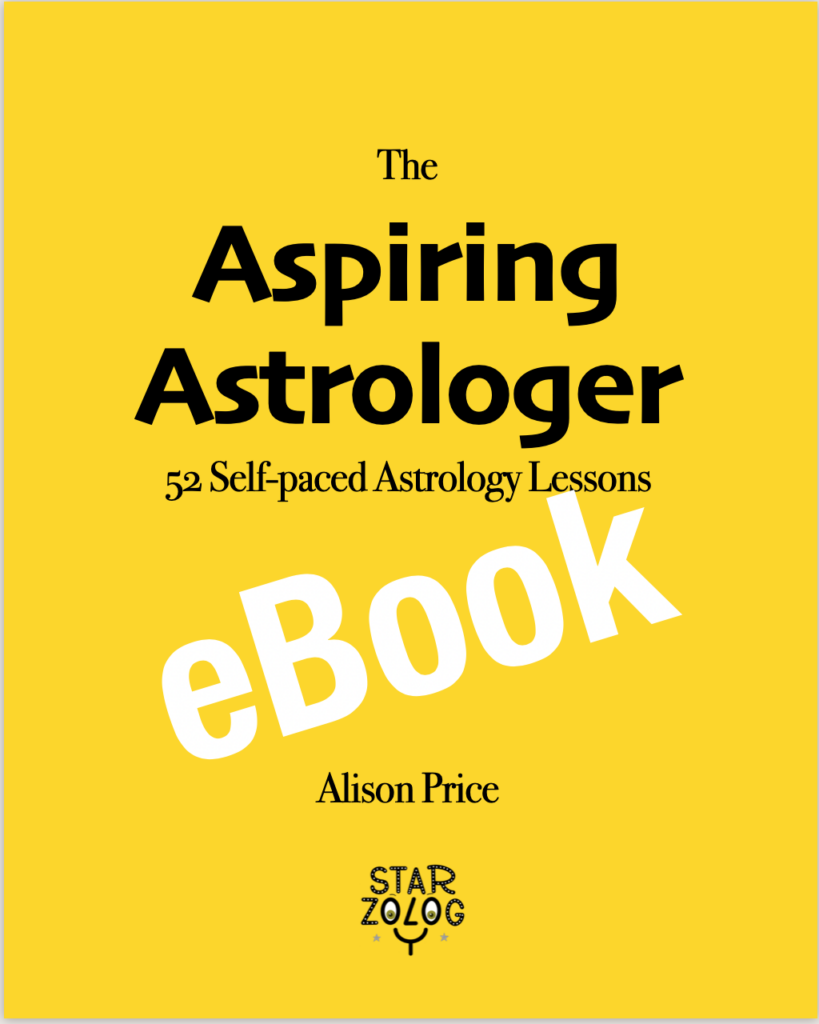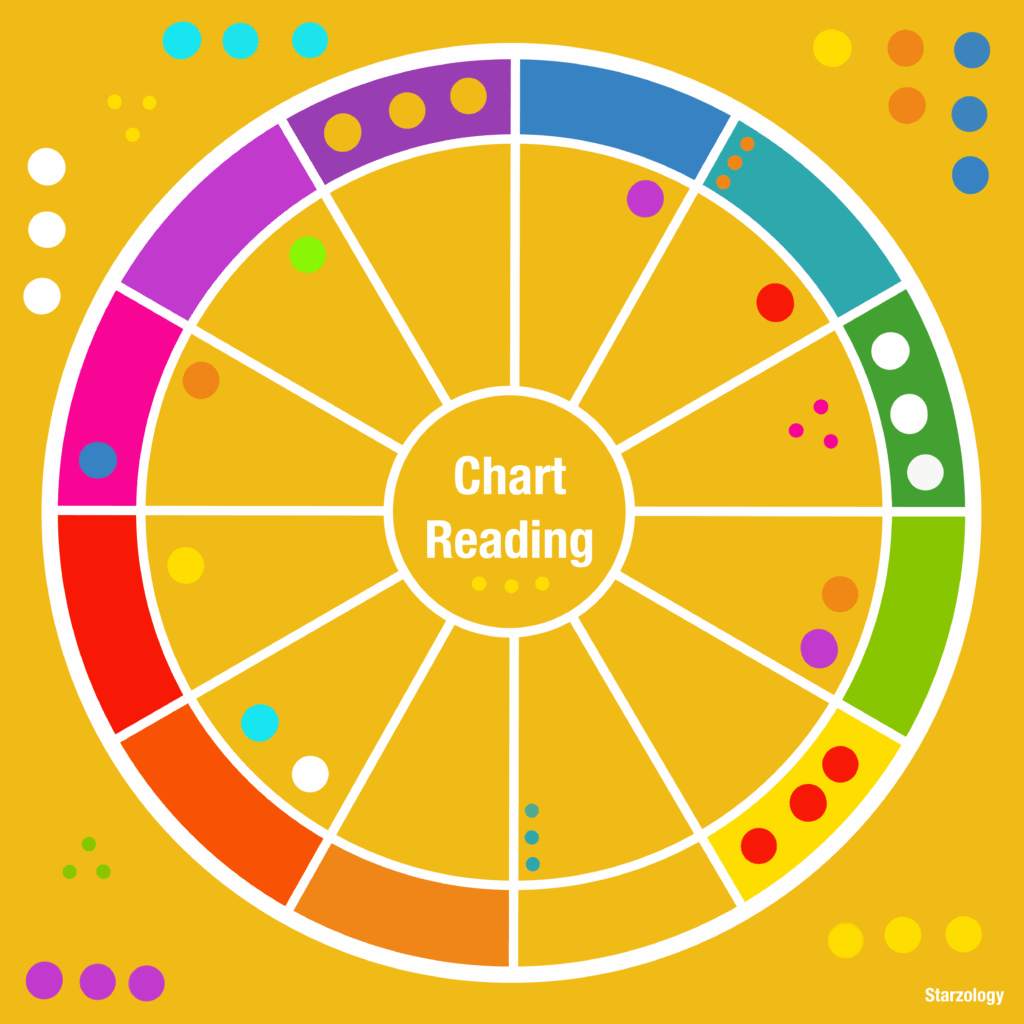As a Western astrologer, it’s valuable to have a basic understanding of other zodiac systems, such as the Chinese Lunar New Year and its animal symbolism.

Medical Astrology
Author: Alison Price – Published: October 2024
Medical Astrology
This time I’m chatting about medical astrology which is a branch of astrology that I personally do not practice, but many of you do. The reason I don’t offer health readings is because I just don’t know that much about the inner workings of the human body. If you are a nurse, doctor, therapist or practitioner in the healthcare world, then knowing some medical astrology will add interest to your daily work. So, I’m just going to go over the basics of health astrology for those who are attracted to this topic and I know many of you are by the number of requests I’ve had about this branch of astrology. I received a particularly long email from Sarah, thank you, which spurred me on to layout the basics about medical astrology, so you can go deeper for yourself.
Disclaimer
I am not a health care expert and any health concerns you have should always be addressed with your qualified healthcare professional.
Overview
Signs
Each zodiac sign is traditionally associated with specific parts of the body.
Planets
The planets, by their rulership of the signs, affect various bodily systems and health conditions.
Chart
Your natal chart can help to identify potential health strengths and vulnerabilities based on the planetary placements and aspects.
Illnesses
You can use transits and progressions to anticipate periods when you might be more susceptible to certain health issues.
Holistic
Health astrology often emphasizes the interconnectedness of mind, body and spirit in overall wellness.
Decumbiture
The Decumbiture Chart
Decumbiture is a specialized branch of medical astrology that focuses on the moment a person falls ill or takes to their bed due to illness. The term comes from the Latin word “decumbere,” which means “to lie down.”
Timing
A decumbiture chart is cast for the exact moment when a person first feels unwell enough to lie down or seek medical attention. This is considered a significant astrological event.
Chart Interpretation
The decumbiture chart is analyzed similarly to a birth chart, but with a specific focus on health matters. You would examine the planetary positions, aspects and house placements to gain insights into the nature and potential course of the illness.
Diagnostic Tool
Practitioners use decumbiture charts to diagnose the type of illness, its severity, and the affected body parts or systems.
Prognosis
The chart is also used to predict the likely duration of the illness and its potential outcome.
Treatment Timing
You can use decumbiture charts to suggest the best time to begin treatment or administer medications.
Historical Significance
Decumbiture was widely practiced in medieval and Renaissance medicine, with many renowned physicians of the time incorporating it into their practice.
Modern Applications
Some astrologers still use decumbiture as part of their health astrology practice.
Health Houses
Focus
In astrology, there are three main houses related to health they are the 6th house, the 12th house and the 1st house and on occasion, the 8th house. Pay attention to the sign on the cusp of the health houses their rulers and condition. Any planet in a health house will directly indicate the issues that may arise health wise.
6th House
Recoverable Health
The 6th house is your main health house and it suggests the recoverable ailments, illnesses or diseases which you experience. Illnesses of the 6th house are things such as a broken ankle that will heal, or when you catch the flu, and you will recover from that. All illnesses and diseases in the 6th house you will recover from.
12th House
Critical Health
The 12th House represents critical illnesses that you may get in your life. These are any diseases that will be fatal or will be terminal if not treated. If you must take medication for the rest of your life for some disease or illness that you have, that then is a 12th house illness. Examples of 12th house illnesses are leprosy, diabetes, cancer, malaria, Ebola and rabies -and of course, there may be more.
1st House
Vitality
The first house relates to your core vitality. This house suggests how well people can bounce back from health issues and get back to normal. It gives information about your physical body.
Elective Surgery
Note the 1st house also suggests non-life-threatening elective surgeries such as Botox, nose-jobs, hair implants, liposuction and facelifts which people may choose to do to improve their appearance.
8th House
Surgery
All surgery, where there is any slicing and dicing, is found in the 8th house. Injections and infusions with needles which penetrate the skin and enter the body, are 8th house related.
Transplants
Organ transplants are represented by the 8th house, as this is the house of the resources of others. Tissue donations, and being an organ donor, like blood, kidney, liver donations, egg and sperm donations are also 8th house in nature. Donating you body to science is an 8th house activity.
Death
The 8th house is the house of death. It may indicate the nature of your death shown by the house ruler and tenants, but also through transits and progressions.
Signs
Body Parts
Each of the signs is related to one or two body parts and broadly, the signs start at the head with the first sign of Aries and end at the feet with the last sign, Pisces.
Aries
Head
Aries rules the head, brain, face, eyes and ears.
Taurus
Neck
Taurus rules the neck.
Throat
Taurus also rules the throat.
Vocal Cords
Taurus rules the vocal cords as many of the best singers are Taureans.
Gemini
Hands
Gemini rules the hands, which are used for gesticulating when talking and for sign language. Braille is read through the fingertips.
Arms
Gemini also rules the arms from the shoulder down to the elbows, the wrists and fingers.
Lungs
Gemini loves to rule pairs of things. It rules the pair of lungs which are also related to Gemini as an air sign. Breathing and aspiration – the drawing of breath is ruled by Gemini.
Cancer
Breasts and Chest
Cancer rules the breasts and breast milk and the chest area.
Stomach
Cancer also rules the stomach as the container of food.
Leo
Heart
Leo rules the heart and the cardiovascular system. It is the first sign of life from a fetus shown on an ultrasound scan at around eight weeks.
Back
Leo rules the back, the spine and the strength.
Virgo
Digestive System
Virgo rules the digestive system which includes the intestines. Indigestion is a theme for Virgo. Virgo rules the abdomen area in general.
Libra
Kidneys
Libra rules the kidneys and the renal system.
Inner Ear
Libra rules the semicircular canals and otoliths of the inner ear organs used for balance.
Scorpio
Reproductive System
In women, Scorpio rules the vagina, ovaries, eggs, cervix, womb and pregnancy. In men, Scorpio rules the penis, testicles, sperm production and the prostate.
Eliminatory System
Scorpio rules the bladder, bowel, anus, sweat glands and the vomit reflex all of which eliminate toxins and waste products from the body.
Sagittarius
Hips
Sagittarius rules the hips.
Thighs
Sagittarius rules the largest single bone in the body, the femur, in the thigh of the upper leg.
Liver
The Archer rules the largest organ (after the skin) which is the liver.
Capricorn
Knees
Capricorn rules the knees and joints.
Skeleton
Capricorn rules the skeletal bones in general.
Aquarius
Ankles
Aquarius rules the ankles. Aquarius rules the circulatory system.
Pisces
Feet
Pisces rules the feet. Pisces rules the lymphatic system.

Planets
The planets themselves are related to some areas of the body similar to the signs they rule, and certain diseases.
Sun
Heart
The Sun is always the beating heart and shows the heart of the matter.
Back
The Sun rules the back, backaches and back pain.
Diseases
Solar diseases are weak hearts, heart attacks, heart transplants, fibrillation, slipped disks and spinal surgery.
Moon
Bodily Fluids
The Moon rules body fluids like the tears, the lymph and the female monthly cycle blood loss.
Breasts
The Moon rules the breasts, breast milk and nurturing breast feeding.
Diseases
Moon diseases are things like swellings, stomach ache, breast reduction and augmentation surgeries, breast cancer, the lactation let-down reflex, fluid retention and pigeon chests.
Mercury
Brain
Mercury co-rules the two hemispheres of the brain where thing takes place.
Hands
The Messenger of the Gods rules the hands, hand signals, handiwork and handicrafts.
Arms
It also rules the arms, shoulders and elbows.
Lungs
It rules the lungs and breathing.
Diseases
Mercury related disease are things like Alzheimer’s, dementia and tremors or arthritis in the hands. Mercury also rules lung disease like bronchitis, tuberculosis, emphysema and collapsed lungs.
Venus
Vocal cords
Venus rules the vocal cords.
Sugar
Venus rules all sweet sugary things including glucose.
Diseases
Venus diseases are typically stiff necks, throat infections, loss of voice, kidney failure, dialysis and diabetes.
Mars
Blood
Mars rules the blood, blood pressure and all blood related diseases.
Fevers
Mars rules fevers and sweating.
Diseases
Martian diseases are blood and fever related like scarlet fever and hypertension. Infections from tattoos are Mars related.
Jupiter
Liver
Jupiter rules the liver the life-giving organ.
Thigh Femur
Jupiter rules the upper leg, walking and ambulation.
Diseases
Jupiter related diseases are things like liver failure, hip replacements and all growths in the body.
Saturn
Knees
Saturn rules the knees.
Bones
Saturn rules the bones and the skeleton.
Teeth
Saturn rules the teeth, dentures, orthodontics and fillings.
Stones
Saturn rules kidney stones and gall stones.
Skin
Saturn rules the skin which is the limit of the body.
Diseases
Saturnian diseases are skin related like pale skin, or acne. Saturn rules knee pain and knee replacements.
Uranus
Ankles
Uranus rules the ankles including sprained or twisted ankles.
Synapses
As the ruler of electricity, Uranus rules the micro electrical synapses in the brain.
Diseases
Uranian diseases are typically modern, like Covid-19, and unusual conditions. When you are hooked up to a life support machine or baby’s incubator, which is plugged into the electricity, it is a Uranian event.
Neptune
Feet
Neptune rules the feet, toes and arches.
Drugs
Neptune has much to say about tinctures, drugs and the actual medications you may take.
Diseases
Neptunian diseases relate to gasses in the body, halucinations and ingrown toenails.
Pluto
Reproduction System
Pluto rules reproduction, sex and birth.
Elimination System
Pluto rules the eliminatory system that purges unwanted products from the body.
Diseases
Plutonic diseases are sexually transmitted diseases like syphilis and others. Pluto also rules any post operative infections.
Chiron
Visible Weaknesses
Chiron rules any visible weaknesses which can be seen. These are such as when you are on crutches, in a wheelchair, have a colostomy bag, wear spectacles or a visible hearing aid.
Diseases
Chironic diseases cover all open wounds, stitches, weeping wounds, scar tissue and any issues which weaken your constitution in general.
Author Bio
Alison Price: Professional Astrologer
Alison helps you uncover your individual creativity and lead a fulfilling life using your own astrology. She shares her wisdom from the heart with a touch of humor. She offers Consultations for everyone and Coaching for Aspiring Astrologers.
If you’d like to get in touch with Alison, you can reach out to her via email at starzology@gmail.com.
More Articles
If you enjoyed this post, you may like some more astrology related articles from our blog.

Fixed Stars
In astrology, the Fixed Stars are the stars that appear in the night sky. While they’re called “Fixed,” these stars are in motion.

Starzlife Free Newsletter
Welcome to “The Starzologer” ideas, insights and inspiration for creative, artistic
astrologers to keep the astro conversation going.






















